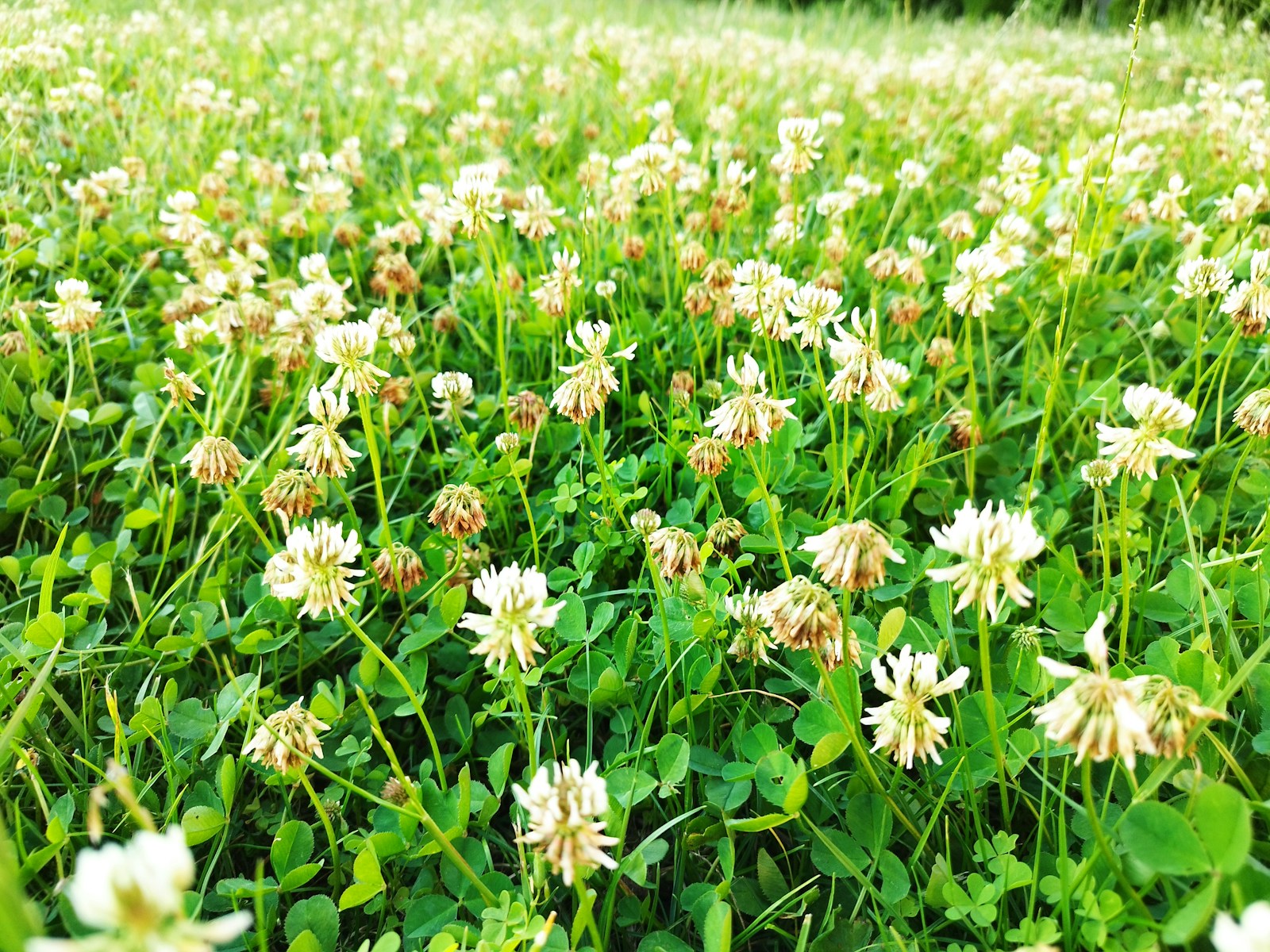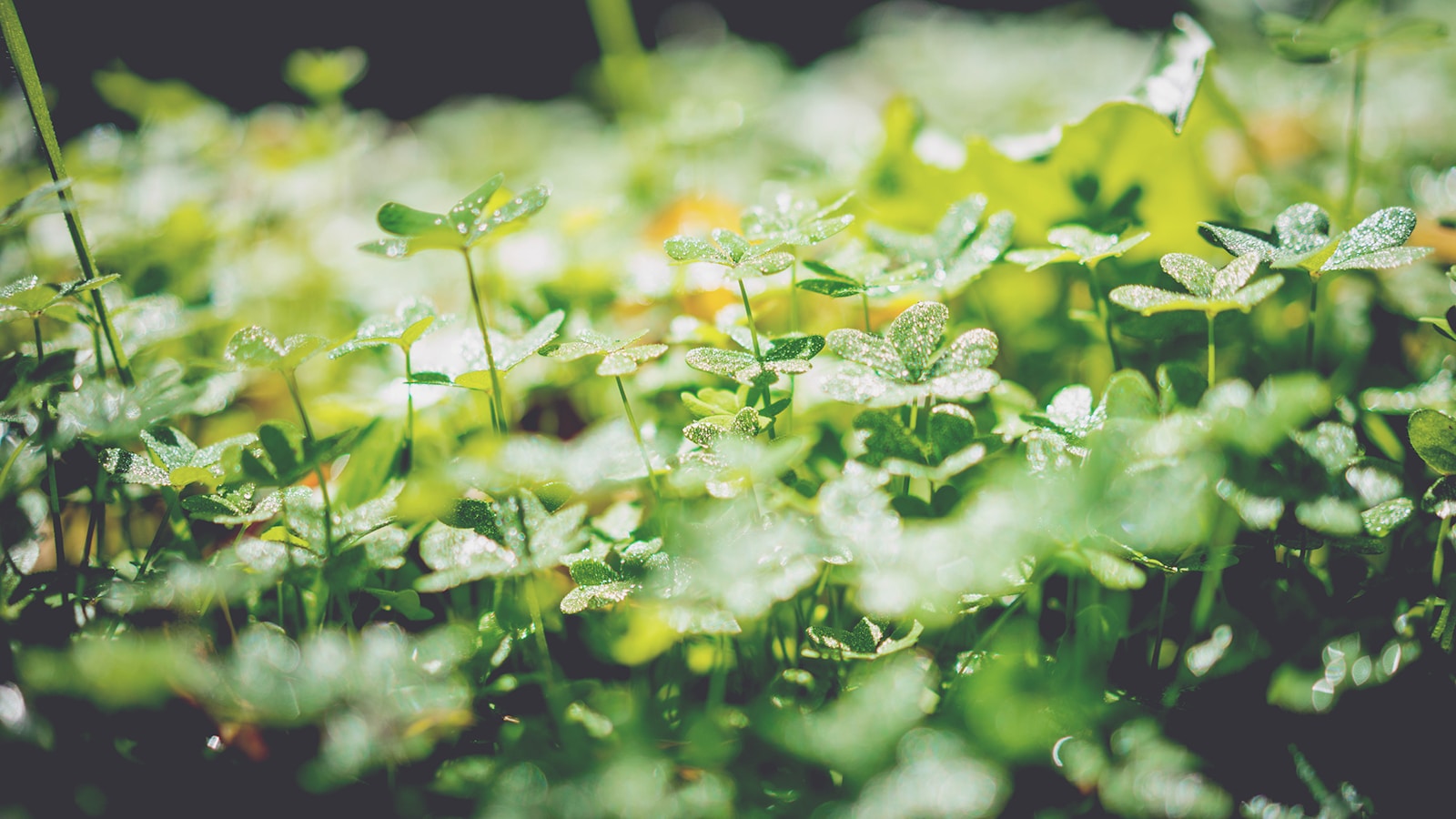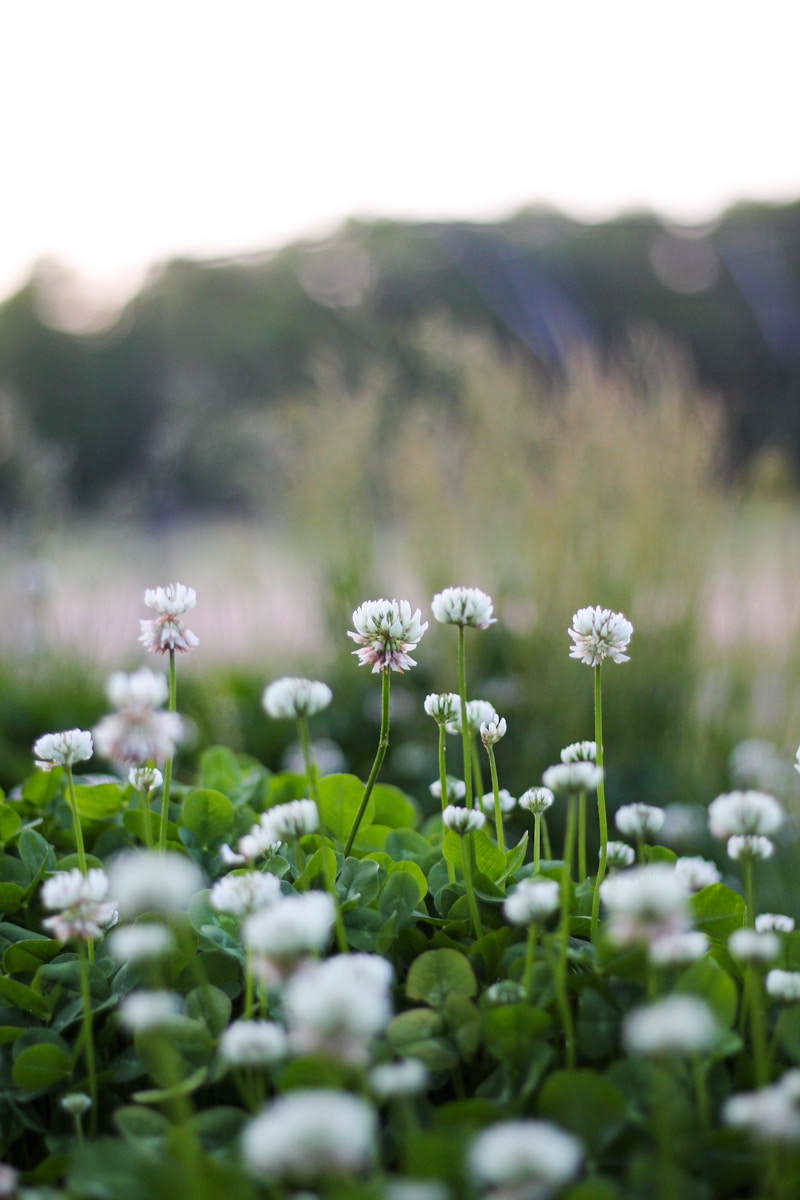Dear Seasoned Spade,
My neighbor keeps bragging about their new “clover lawn” like it’s the second coming of sliced bread. Meanwhile, I’ve been out here babying my grass with fertilizer, watering, and enough sweat equity to qualify as a second job. Should I really ditch grass for clover, or is this just another trendy gardening fad?
Yours in slightly jealous skepticism,
Lawn and Order in Louisville, KY
The Green Grass Conspiracy
Ah yes, the traditional American lawn—millions of us spend weekends grooming it, fertilizing it, and whispering motivational speeches to it, only for it to turn brown the moment we look away. And now clover has re-entered the scene, waltzing in like it owns the place.
Funny thing? Back in the 1950s, clover wasn’t a “weed.” It was part of lawn seed mixes, valued for its ability to stay green, feed the soil, and fix nitrogen. Then the chemical companies realized they could sell you more herbicide if they convinced you clover was the enemy. Spoiler: you fell for it. We all did.
Why Clover Deserves a Seat at the Lawn Table
Clover lawns are trending for good reason. For one, clover doesn’t care about your poor watering habits. It stays green through droughts better than grass, and it basically fertilizes itself by pulling nitrogen out of thin air like some kind of leafy magician.
It’s also bee-friendly, which means you’re helping pollinators instead of starving them with your sterile patch of Kentucky Bluegrass. Bonus: less mowing. Clover tends to max out at a nice, polite height, unlike grass, which grows like it’s auditioning for a chia pet commercial.
On the downside, yes, you’ll get bees buzzing around those little white flowers—so maybe keep it trimmed if you’ve got barefoot kids running around. And clover doesn’t hold up as well as turf grass under heavy foot traffic. So if your lawn doubles as a soccer field, clover alone might tap out early.
So What’s the Smart Play?
You don’t have to go full clover cult. A blended lawn (clover and grass) is a beautiful, low-maintenance middle ground. The clover will fertilize the grass, fill in bare patches, and reduce your need for chemicals. It’s like adding sprinkles to a cupcake—it just makes everything better.
If you want to go pure clover, pick microclover. It’s shorter, tidier, and looks less like your yard accidentally turned into a pasture. Plant it in spring or fall, scatter the seed over loosened soil, keep it moist until established, and then… pretty much forget about it. Seriously.
The Lawn Less Traveled
So, Lawn and Order, clover isn’t a fad—it’s a comeback story. The underdog of lawn care finally getting the respect it deserves. You can keep clinging to your all-grass patch and its endless demands, or you can embrace a little clover and actually enjoy your weekends.
Because at the end of the day, nobody’s gravestone ever said, “Kept his Kentucky Bluegrass flawless.” But “had time to grill burgers instead of mow twice a week”? Now that’s a legacy.
Seasonedly yours,
The Seasoned Spade


